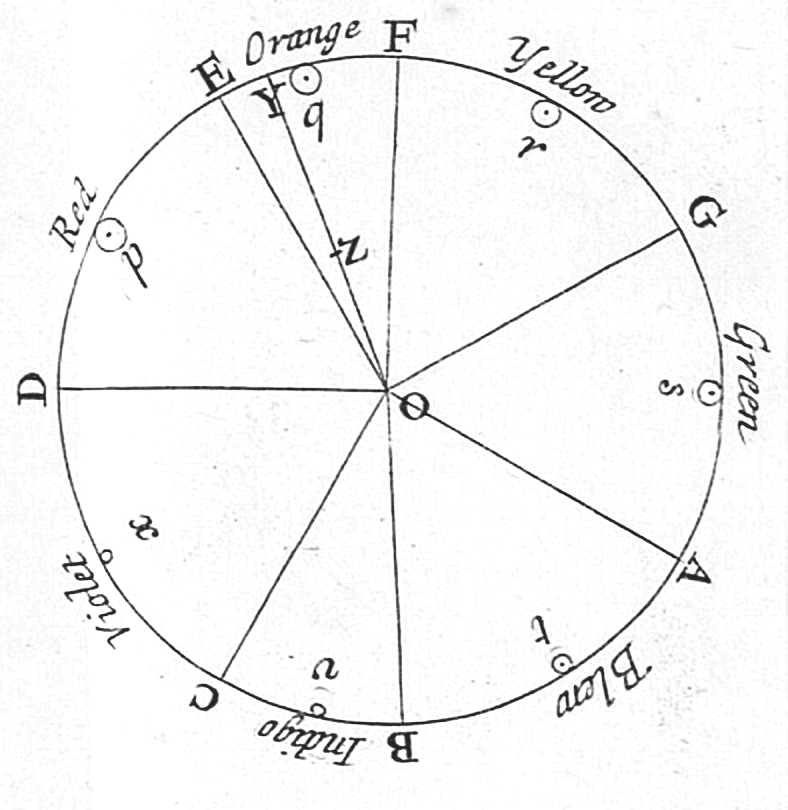Not to appear draconian, but perhaps parking structures should standardize the color sequence they use when color-coding parking levels.
A common tactic to help people remember what floor they parked on is to color-code parking levels. That way drivers only need to remember either the floor number or the color. Some structures add additional memory aids by applying a theme to each floors, such as a specific name or playing theme music outside the elevator.
One downside of color-coded parking levels is that each parkade assigns floors a different color. Sometimes the third floor is green, other times it is blue. People have to memorize two facts: both the floor number and the color. If the sequence of floor colors remained the same, people will already have pre-existing object associations between the floor and a color. It may be easier to remember "third floor" and "orange", if the third floor is always orange.
ROYGBIV
In school science class students often memorize the sequence of the visible color spectrum of light: ROYGBIV. Red, Orange, Yellow, Green, Blue, Indigo, Violet. The acronym "Roy G. Biv" is used. Parkades could follow this same sequence in assigning floor colors.
The main/ground floor could have no color, or be assigned white or grey. Floor 2 would always be red, Floor 3 orange, Floor 4 yellow, Floor 5 green, etc. The same sequence can be used regardless if the parkade is built above or below ground.
Within this standard color sequence there is quite a lot of room for customization by shifting the saturation, hue, and tone.
Downsides
Color coded parking floors are less useful to those who are color blind. This system also gives red paint manufactures an unfair advantage.
In addition, orange and indigo are imposters. They are not primary colors. They weaseled their way into the common breakdown of the visible light spectrum because Newton was set on having seven colors - to correlate with other sevens in nature: days of week, musical notes, known objects in the solar system. It’s also complicated by the fact that the wavelength of Newton’s ‘indigo’ is actually considered blue by modern standards, whereas Newtonian labeled blue what is really considered today cyan. Technically orange and indigo are tertiary colors. But if all tertiary colors were included we'd require a 12 item acronym to remember it. Fortunately though, most parkades are not that tall.
Newton tries to associate the colors with musical notes
notice the musical notation on the top bar

